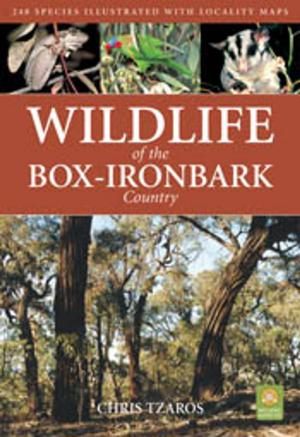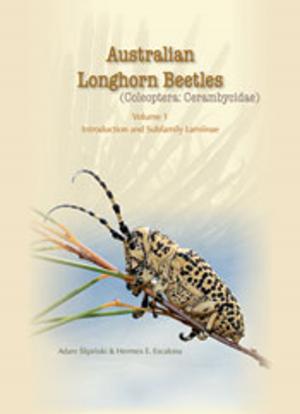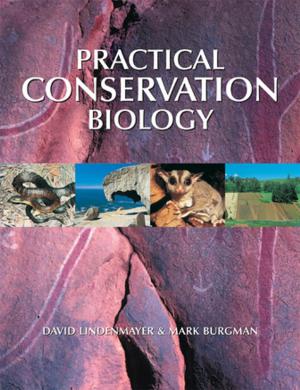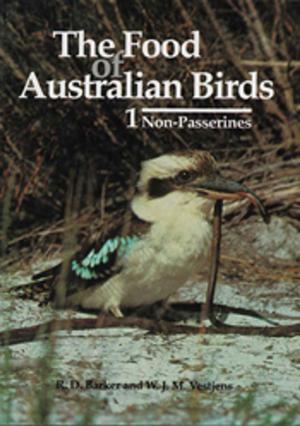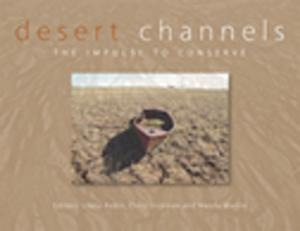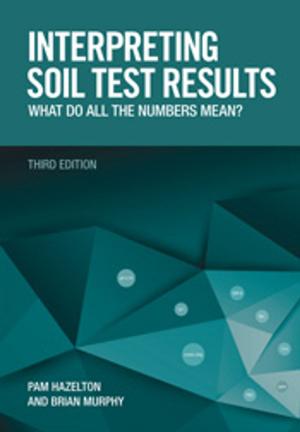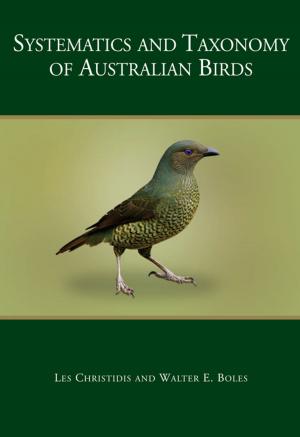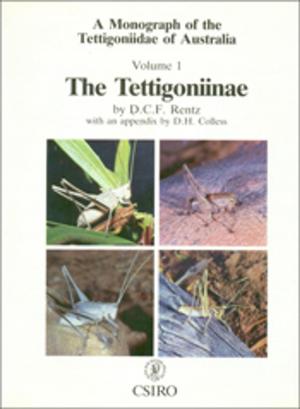Otoliths of Common Australian Temperate Fish
A Photographic Guide
Nonfiction, Science & Nature, Science, Biological Sciences, Zoology, Nature| Author: | ISBN: | 9780643100046 | |
| Publisher: | CSIRO PUBLISHING | Publication: | August 20, 2007 |
| Imprint: | CSIRO PUBLISHING | Language: | English |
| Author: | |
| ISBN: | 9780643100046 |
| Publisher: | CSIRO PUBLISHING |
| Publication: | August 20, 2007 |
| Imprint: | CSIRO PUBLISHING |
| Language: | English |
The accurate identification of fish ‘ear-bones’, known as otoliths, is essential to determine the fish prey of marine and terrestrial predators. Fish otoliths are species-specific when combining size, shape and surface features, and can remain undigested for long periods. As a result, they can indicate which fish make up the diet of various predators, including cephalopod, seabird, marine mammal and fish species. Such studies are crucial for understanding marine ecosystems, and trophodynamics in particular. Increasingly, these methods are being used to understand the diet of some terrestrial predators, also extending to that of humans in archaelogical studies. Otoliths of Common Australian Temperate Fish offers users a verified reference collection to assist in the accurate identification of species and size of fish using otoliths. It covers 141 fish species from a broad geographic range of the Australian temperate region and includes commercial and non-commercial fish species. A standardised written description of the otolith structure, size and surface features is provided for each species. Included are brief distribution and ecology notes, and regression for both otolith and fish lengths, together with high-quality SEM photographs of the otolith described. This guide will be an essential reference for marine scientists and marine mammal researchers; ornithologists, fisheries researchers and fish biologists studying age and growth or comparative anatomy; and archaeologists. Winner of the 2008 Whitley Award for Zoological Manual.
The accurate identification of fish ‘ear-bones’, known as otoliths, is essential to determine the fish prey of marine and terrestrial predators. Fish otoliths are species-specific when combining size, shape and surface features, and can remain undigested for long periods. As a result, they can indicate which fish make up the diet of various predators, including cephalopod, seabird, marine mammal and fish species. Such studies are crucial for understanding marine ecosystems, and trophodynamics in particular. Increasingly, these methods are being used to understand the diet of some terrestrial predators, also extending to that of humans in archaelogical studies. Otoliths of Common Australian Temperate Fish offers users a verified reference collection to assist in the accurate identification of species and size of fish using otoliths. It covers 141 fish species from a broad geographic range of the Australian temperate region and includes commercial and non-commercial fish species. A standardised written description of the otolith structure, size and surface features is provided for each species. Included are brief distribution and ecology notes, and regression for both otolith and fish lengths, together with high-quality SEM photographs of the otolith described. This guide will be an essential reference for marine scientists and marine mammal researchers; ornithologists, fisheries researchers and fish biologists studying age and growth or comparative anatomy; and archaeologists. Winner of the 2008 Whitley Award for Zoological Manual.

